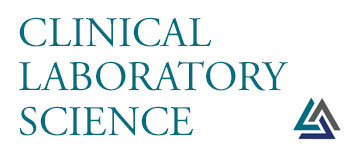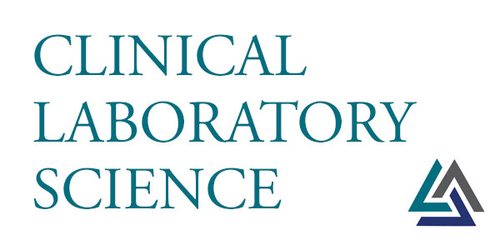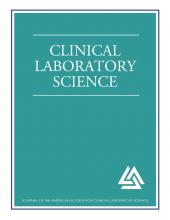This article requires a subscription to view the full text. If you have a subscription you may use the login form below to view the article. Access to this article can also be purchased.
- Diane L Davis, PhD CLS(NCA)⇑
- Address for correspondence: Diane L Davis PhD CLS(NCA), Associate Professor, Clinical Laboratory Science Program, Health Sciences Department, Salisbury University, 1101 Camden Avenue, Salisbury MD 21801 (410) 548-4787, (410) 548-9185 (fax). dldavis{at}salisbury.edu.
Extract
In part one of this article, an overview of forensics careers was presented, and some crime laboratory-type activities that might be within the capabilities of CLS programs were described. At our institution we've been successful with a program that includes a series of laboratory analyses that culminate in solving a “crime”. This program is detailed below so that CLS educators can adapt it to particular needs and situations.
At our university, freshmen must participate in either a classroom or experiential orientation program. The university offers experiences such biking, sailing, and foreign travel that combine orientation with activity. Recently at summer's end we've done an experiential orientation program, Fun with Forensics, for 24 incoming freshmen. Over a few days, orientations sessions are interspersed with laboratory tests. We include special meals and socials and provide students with a Fun with Forensics T-shirt, creating walking advertisements for CLS.
To start, students are provided with a casebook that contains the facts of the case and a series of photographs of the crime scene and the body. For each laboratory test, there are a few paragraphs of background reading, a procedure, tables for data collection/calculations, and questions to guide students toward correct interpretations. An events schedule is included which specifies the various laboratory workstations. The students are divided into groups of six and each group has a customized schedule of laboratory rotation that allows faculty to work with one group or two, depending on the test. The case and schedule are constructed so that no…
ABBREVIATIONS: AAFS = American Academy of Forensic Science; CLS = clinical laboratory science; CODIS = combined DNA index system; DNA = deoxyribonucleic acid; FBI = Federal Bureau of Investigation; PCR = polymerase chain reaction; RFLP = restriction fragment length polymorphisms; STR = short tandem repeats; VNTR = variable numbers of tandem repeats.
- © Copyright 2007 American Society for Clinical Laboratory Science Inc. All rights reserved.






